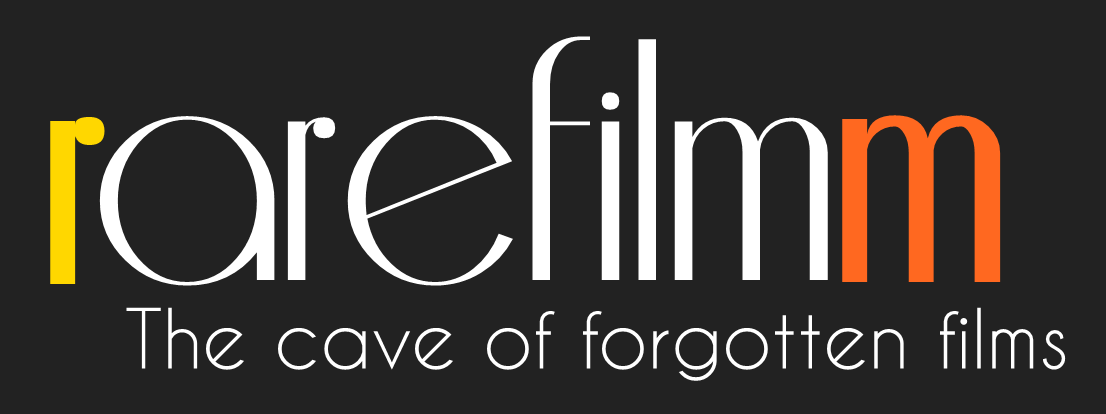The brothers Santos and Rufino Peralta are used like animals in the workplace at the Parana Stop. There they encounter enormous hardship and inhuman conditions of work as a consequence of the immense greed of the managers. A worker’s rebellion is maturing, to the point that it is developed into trade union of workers who respond against their grief. Finally, the workers plot a counterattack and punish their corrupt employers.
rarefilmm | The Cave of Forgotten Films Posts
Bill Saunders arriving in a lawless town is quickly made Marshal. But when he arrests the gang members, the victims refuse to testify. However one rancher is willing to testify and when the gang kills him, Bill jails the killers. This causes the gang leader Rawhide to reveal the identity of the big boss and Bill goes after him.
A soporific adaptation of The Awakening, Kate Chopin’s proto-feminist, turn-of-the-century novel about a Kentucky-born wife and mother of two whose summer season on Grand Isle with her husband’s easy-going Creole friends frees her from inhibitions. Courted by the young Robert, she finds herself through swimming, unrequited love, painting and other unconventional behaviour.
A middle-aged woman with an idyllic life at both work and home is forced to reassess her situation when her husband elopes with her assistant and she loses her job. In trying to get back on track, she discovers who her real friends are and develops a surprising relationship with a man from her past.
Africa 50 is the first French anti-colonialist film. It started out as an assignment requested by the French League of Schooling to show their students the educational mission carried out in the French colonies of West Africa. Once there, the director, who was only 21 years old, decided to film the truth: Lack of teachers and doctors, the crimes committed by the French Army in the name of France, the instrumentalization of the colonized peoples… The film was forbidden during 40 years and René Vautier was incarcerated for several months.
The pop-star leads from Hou’s first feature, Cute Girl, are reunited in the director’s follow-up, a brisk work of bubble-gum romance that begins to experiment with the rules of the genre. This time, Taiwanese singing sensation Feng Fei-fei plays Hsing-hui, a trendy photographer visiting a seaside village in Penghu with her successful boss/fiancé. When she happens upon a flute-playing medic blinded in an ambulance crash (Kenny Bee), sparks fly, songs are sung, and she’s left with the tough decision of who to say “I do” to. Despite the eye-rolling premise, Hou infuses the film with enough formal ingenuity (long takes, telephoto lenses, on-location shooting) that a case can be made for its auteurial significance.
An ageing American cartoonists, Joey Wellman, makes a visit to Paris to attend an exhibition of his work. He plans to meet up with his daughter, Elsie, who is studying at the Sorbonne, but she has little respect for her father and fails to keep the rendez-vous. By chance, Wellman meets and is befriended by a celebrated academic, Christian Gauthier, an admirer of his work and, ironically, the man whom Welmman’s daughter has desperately been trying to meet for the past few months. Although he is feeling increasingly uneasy with French culture, Wellman reluctantly agrees to accept an invitation to spend the weekend with Gauthier and his entourage…
In 1650, a group of Brazilian slaves revolt and escape from their sugar plantation to the depths of the jungle, where they join other runaways. Under the leadership of Ganga Bumba, the men are able to carve out a place to live, repelling attempts by their Portuguese masters to recapture them. The community is further strengthened by the return of Zumbi, kidnapped from them as a child, who comes back to command their military.
